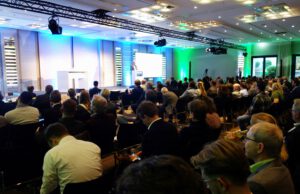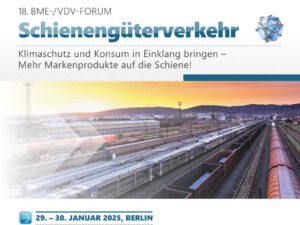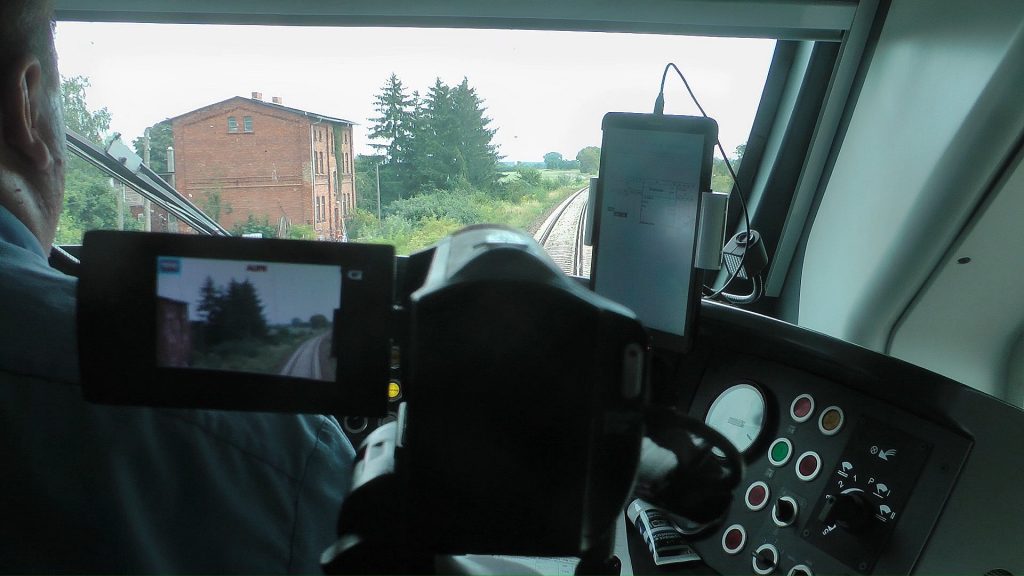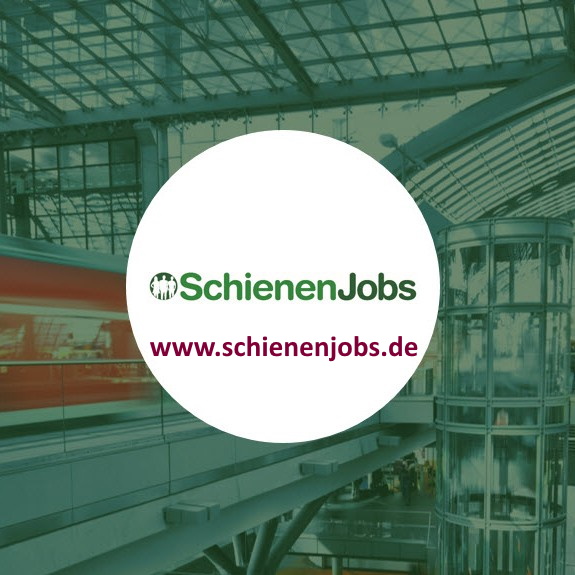By 2030, the rail freight market share should even increase to 30 percent, and combined transport in Germany should triple, says Armin Riedl, spokesman for the network combined transport in the Pro-Rail Alliance. Hope for the next two years is awakened by the “short-term forecast 2021”, which the consulting firm Intraplan recently prepared on behalf of the BMDV as part of the rolling medium-term forecast.
Allianz managing director Dirk Flege reports that, according to this study, the railways will grow faster than all other modes of transport in both freight and passenger transport in 2022 and 2023. “However, here too, it is important not to be fooled by short-term trends. A recovery in the next two years can at most compensate for the corona dent. In order for Germany to be able to achieve its traffic and climate protection goals, the federal government must now provide new impetus.”
Germany’s neighbors show that these goals are quite feasible. In several European economies such as Switzerland, Austria, Sweden and Finland, rail has a market share of over 25 percent in freight transport. The front runners are the Baltic states Latvia with 70 percent, Lithuania with 67 percent and Estonia with 42 percent. Other Eastern European countries such as Slovenia, Romania and Slovakia are already exceeding the German target.
What kind of impulses does the alliance want from the new German government? A catalog of requirements, available at the link: https://www.allianz-pro-schiene.de/wp-content/uploads/
2021/09/210902_
forderungspapier_gueterverkehr.pdf, lists a bundle of steps that have been discussed for a long time. For example, 75 percent of the rail network, including border crossings and diversion routes, should be electrified by 2030. The federal government should also “implement the 740 m network for longer freight trains by 2025 and upgrade pilot corridors for 1,500 m trains by 2030.”
Infrastructure measures for industrial areas are currently treated differently, criticizes Allianz: “Every industrial area receives a road connection with tax money. Shipping companies, on the other hand, have to pay half of the siding themselves and legally commit themselves for ten years. The federal government should anchor in planning law that new high-volume industrial and logistics locations may only be approved with a siding.
Further demands: “The federal government should open the railway tunnels for the transport of all truck Remove the semitrailer on the rail. The federal government should simplify the requirements of planning law for the expansion and construction of transshipment stations without lowering environmental standards and accelerate implementation. The federal government should grant a transfer and user bonus for combined transport by rail. ”It is also important for the alliance that the use of the railroad tracks costs as little as possible, since road transport currently enjoys significant advantages. Until the end of 2021, the federal government subsidized the route toll to 98 percent due to the corona. The climate-friendly, but cost-intensive single wagon traffic is relieved by a separate subsidy.
To this end, the Pro-Schiene alliance demands: “Continue the path price subsidy after 2023 with an increased subsidy rate; Expand the system price subsidy, increase it to 100 million euros annually and include non-federal infrastructures. ”The market launch of the digital automatic clutch (DAK) should be supported with a conversion subsidy. Equipping locomotives with on-board units for the European train control system ETCS should also be funded. ap / hfs









